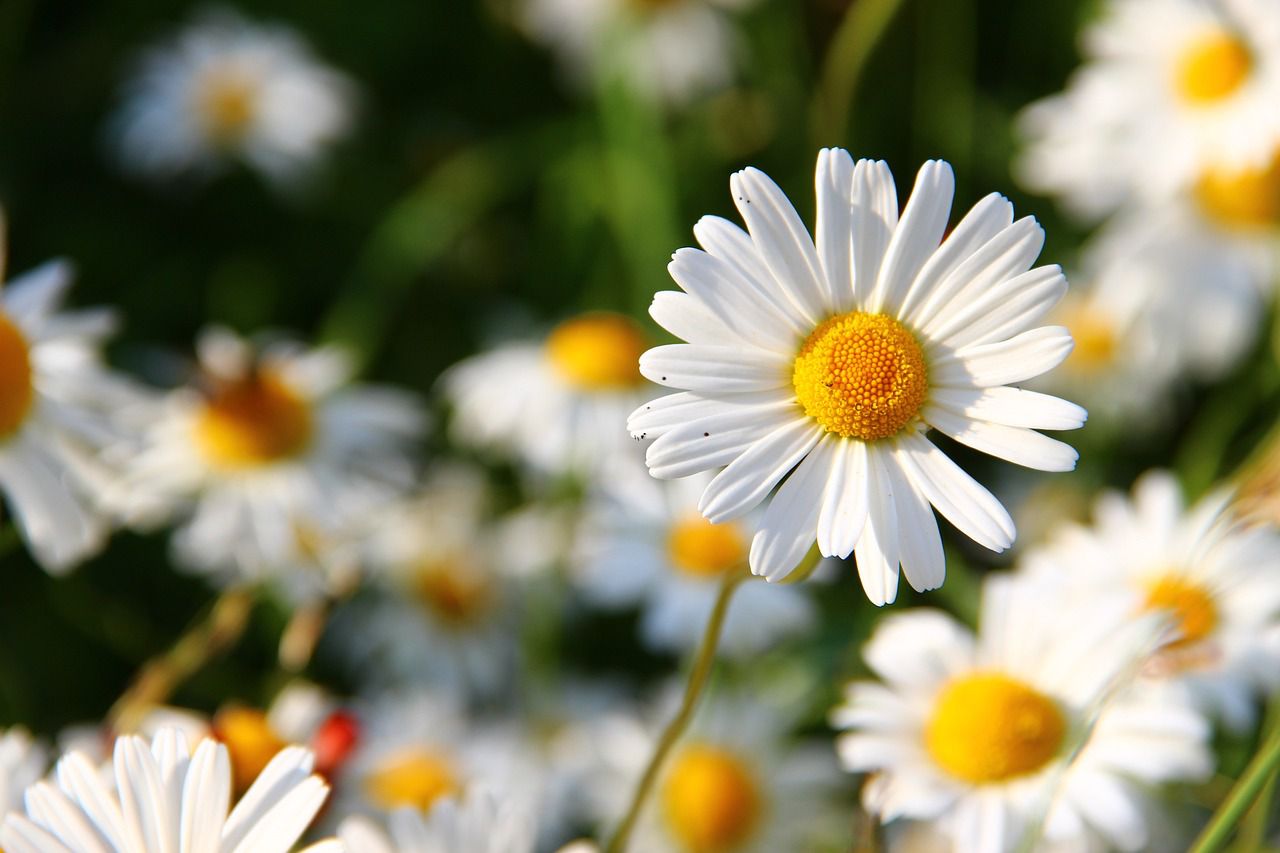Some people love gardening only because of flowers - it's their way of growing and bringing beauty to this world.
Over the past century, growing garden flowers has undergone significant changes due to advances in technology, shifts in gardening practices, environmental awareness, and evolving cultural preferences.
Here are some key ways in which the process of growing garden flowers has transformed.

Technological Advancements
Mechanized tools, such as lawnmowers, irrigation systems, and power tillers, have made gardening more efficient and less labor-intensive.
Plant Breeding
The field of horticulture has made substantial progress in breeding and developing new flower varieties.
Gardeners now have access to a wider range of flower species, hybrids, and cultivars that offer improved traits like disease resistance, longer bloom periods, and unique colors.
Chemical Fertilizers and Pesticides
The availability of synthetic fertilizers and pesticides has made it easier to boost plant growth and combat pests and diseases.
While these chemicals have been widely used for many decades, there is a growing awareness of their environmental impact, leading to a shift towards more sustainable and organic gardening practices.
Urbanization
The trend toward urbanization has led to smaller garden spaces, which has fostered the popularity of container gardening, vertical gardening, and rooftop gardens.
These innovative approaches allow people in urban areas to enjoy gardening despite limited space.
Climate Change
Climate change has prompted gardeners to adapt by choosing plants that are more resilient to shifting weather patterns and temperature extremes.
It has also led to a greater emphasis on water conservation in gardening practices.












